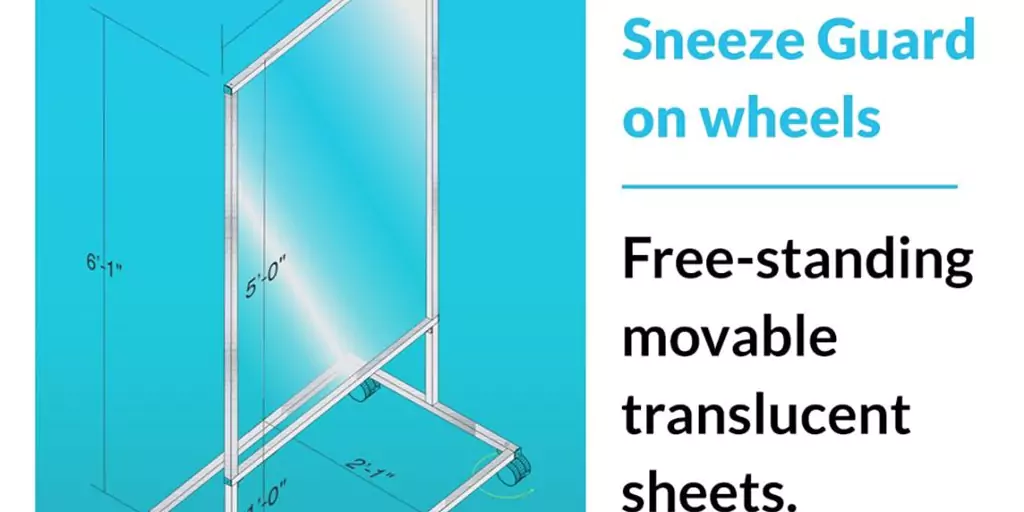Transportation is to the economy what heart is to a human body. Up and running transportation is a sign of a healthy economy. The COVID 19 caused the transportation to cease and the effects of the supply-chains disruptions were sensed in every industry. Thankfully, the world is slowly getting back on the roads and after months of global transportation industry being put to sleep, we are now seeing airports, seaports, railway stations, and other transportation hubs becoming lively again. International flights and domestic flights are also resuming slowly.
However, COVID 19 is still a potential threat and transporters must implement safety measures to ensure the safety of travelers and their staff. The transporters are closely working with international and domestic health agencies to ensure a safe and healthy return to local and international traveling.
Here are some measures that transporters are taking,
Social Distancing Markings at Terminals
Social distancing has proved to be effective in controlling the spread of the virus and is something that we’ll have continued for a couple of more months to come. Transporters have steps to redesign their premises and are also reviewing their existing terminal capacity to ensure that passengers are accommodated with ease and safety.
Ground markings and interior digital signage including digital directional signage systems are being installed in the airports, rail waystations, and bus terminals. These indicators will provide social distancing-guidance at ticket counters, waiting areas, reception, boarding gates, customs, shuttles, and other common areas.
Health Screening:
The threat of COVID 19 will subside hopefully be the end of this year, however, the health screening will continue and is now mandatory for traveling. Transporters have installed advanced technological solutions such as electronic health declarations, electronic temperature sensors, and smart testing kits are being introduced at the airports so that suspected positive people are screened out as they might infect others.
Terminal management are also employing additional cleaning crew staff and are also introducing premises sanitization plans as per recommended by health agencies.
Acrylic sneeze guard and Plastic Shields
The virus can easily enter the body if a person comes in contact with droplets produced by an infected person’s coughing and sneezing. The staff at the terminals and stations is extremely vulnerable to exposure as they interact with hundreds of people on a daily basis.
Transporters are installing acrylic sneeze guards at key high-traffic areas such as ticket counters, TSA security checkpoints, concessions counters, and boarding gates. These transparent plastic sheets act as protective barriers and minimize the flow of respiratory droplets. Sneeze guards also come in different types such as sneeze guard on wheels – a large plastic protective shield that comes with wheels and can easily be placed from one place to another.
